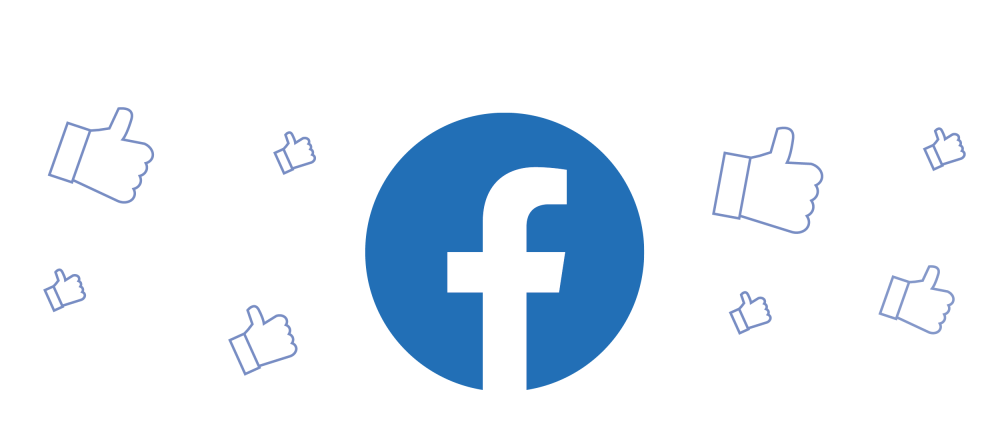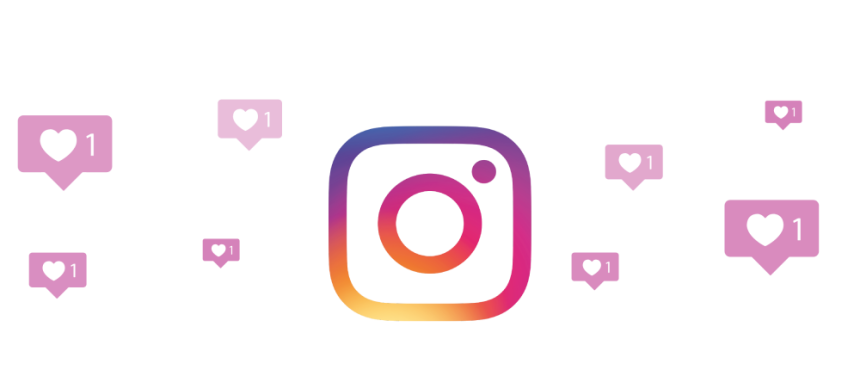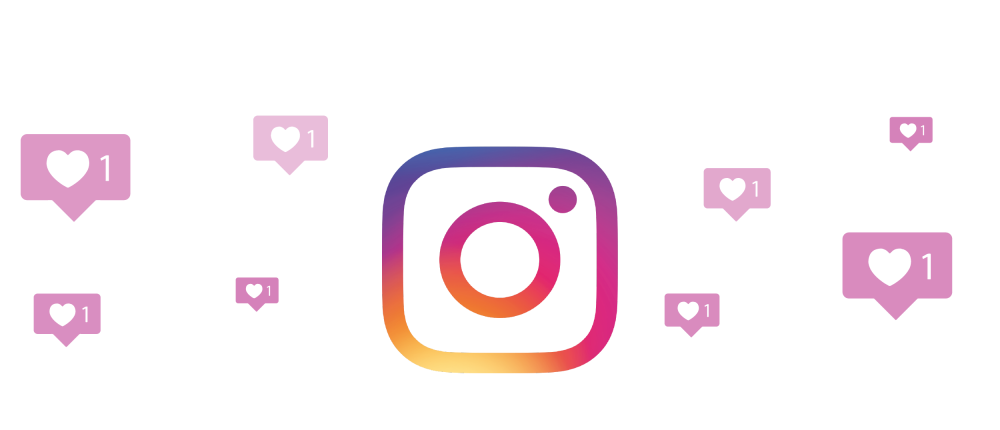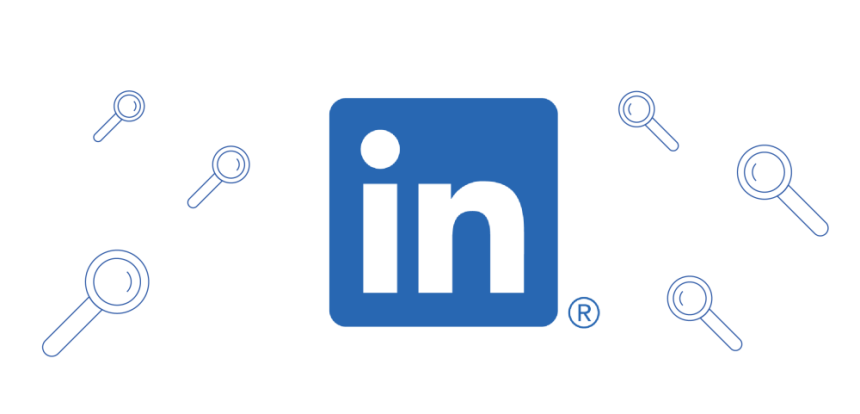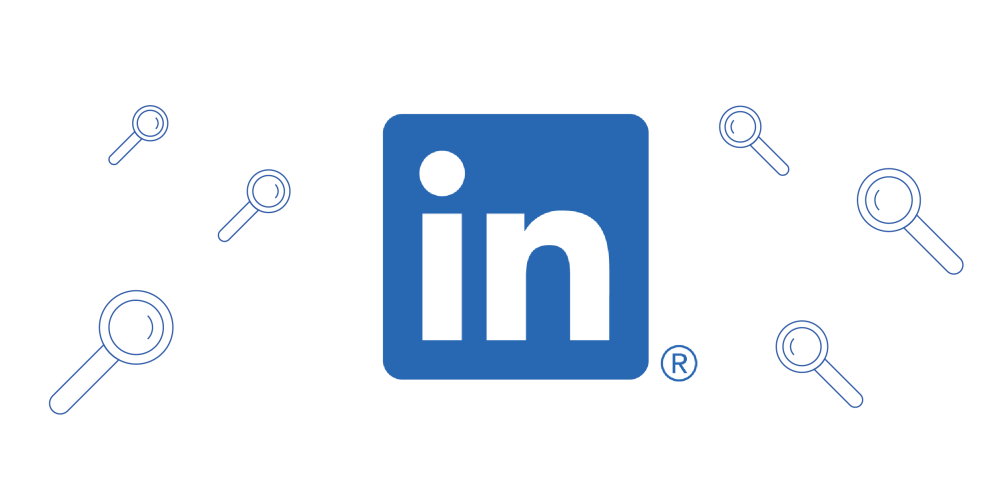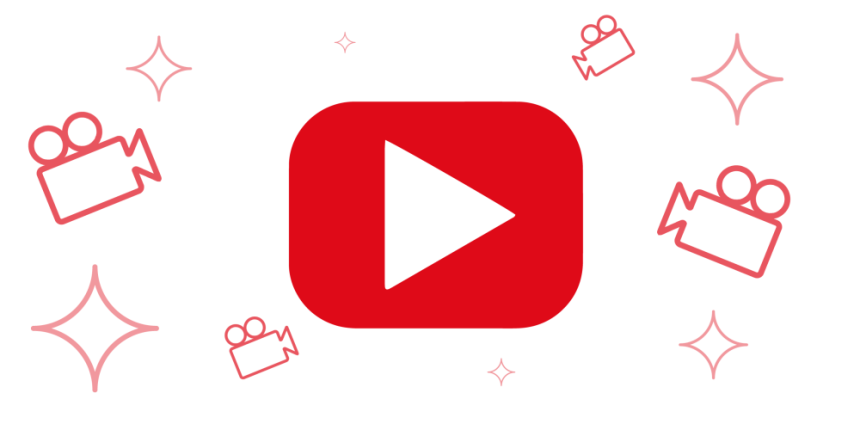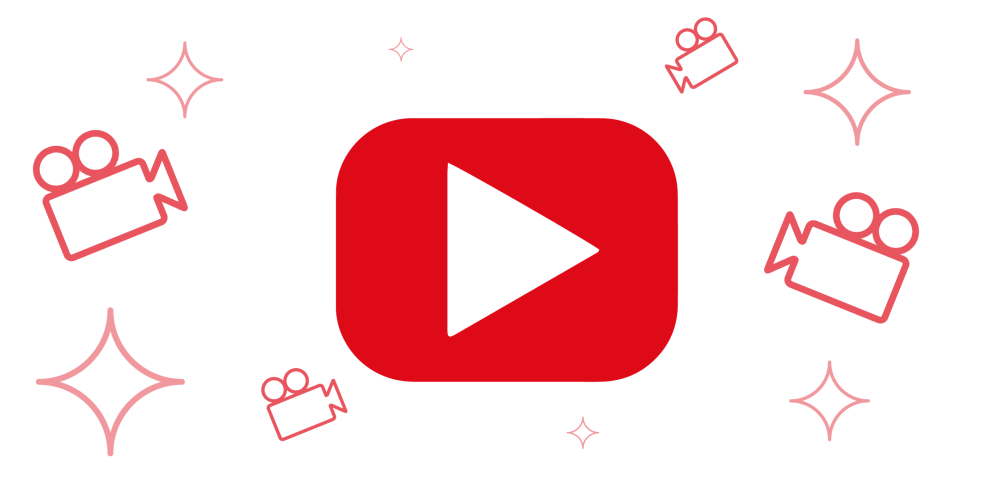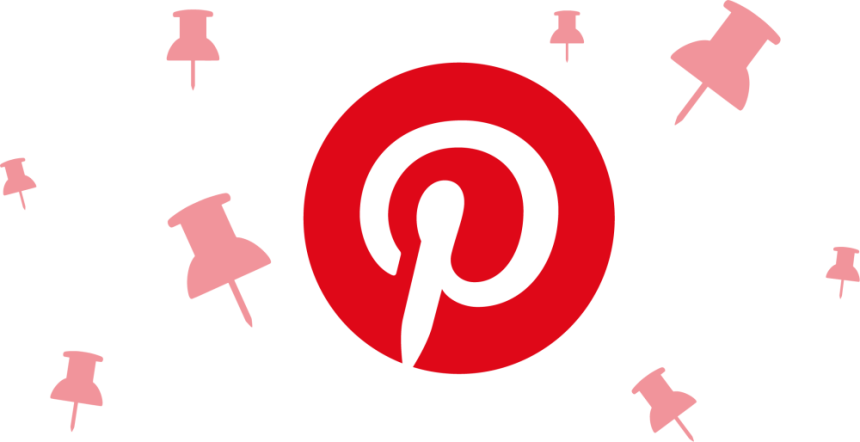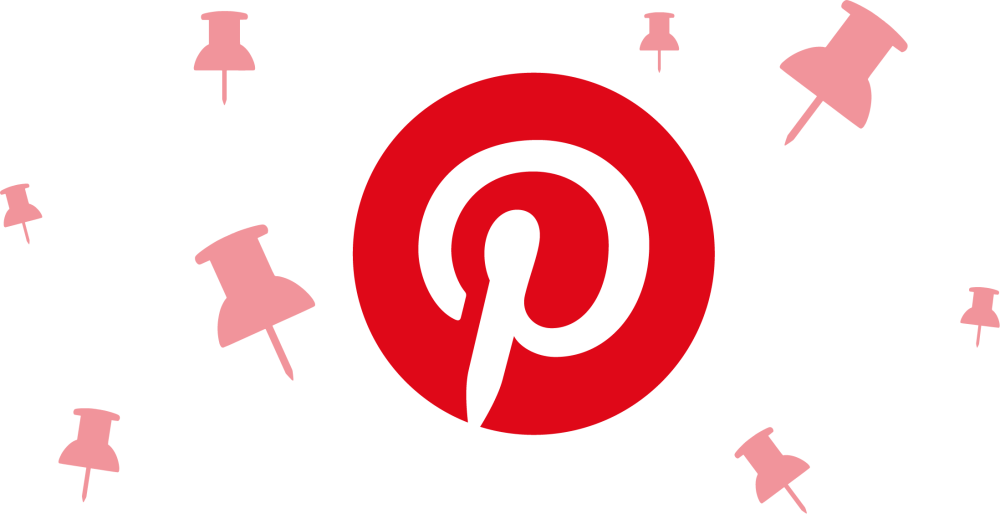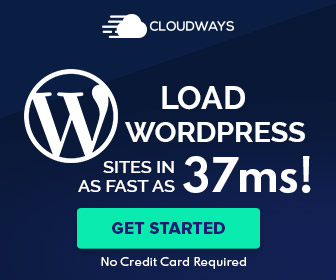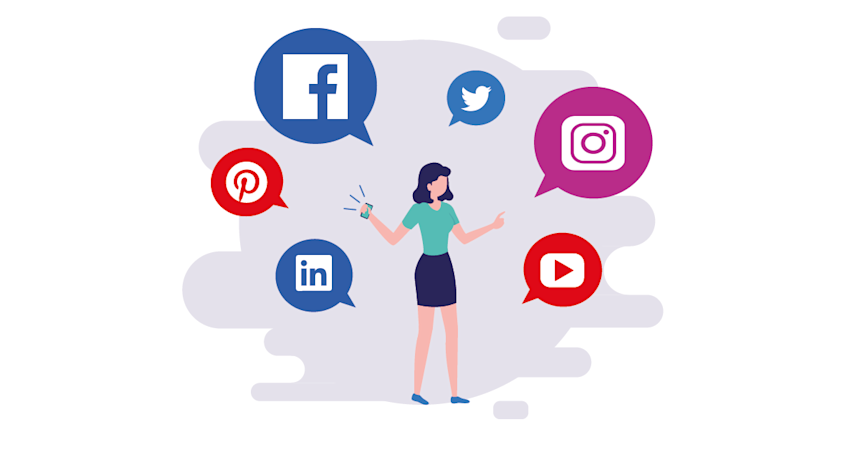
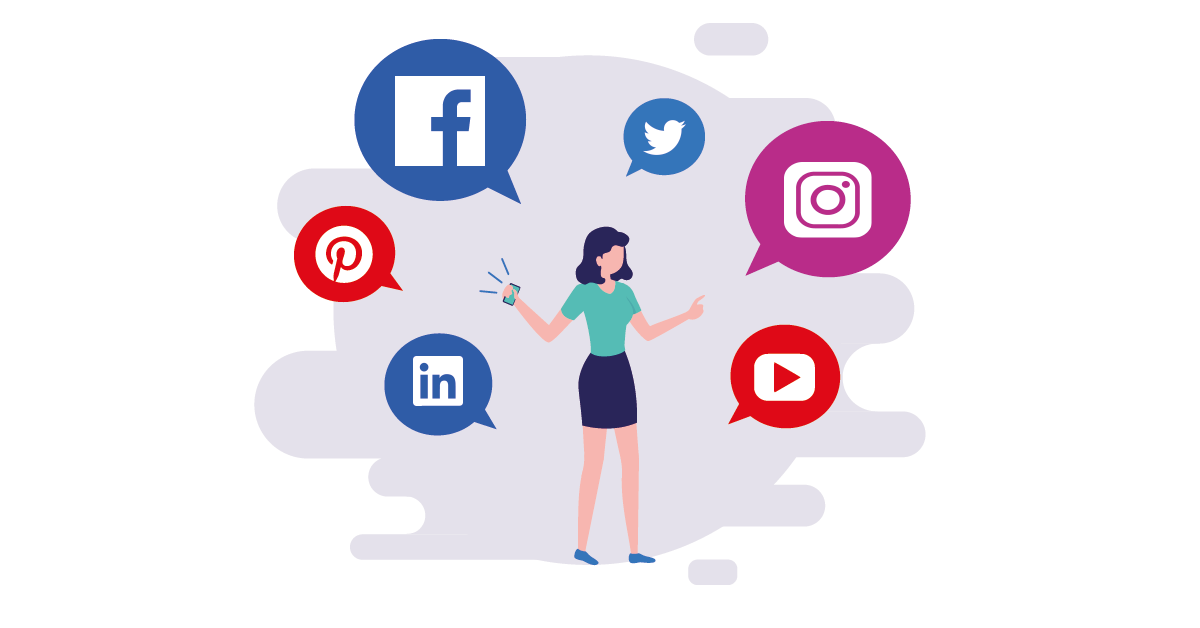
When it comes to promoting your brand online, affiliate marketing has it covered. From referral links on blog posts to coupon codes in emails, affiliate marketing can reach audiences without being limited by high ad placement costs or complex bidding systems.
And this is especially true when it comes to social media.
One reason affiliate marketing works well with social media because it is made for everyone. Virtually anyone can promote your brand; not just those who have a website or celebrity-level recognition. Affiliates can be your existing customers, niche aficionados, micro-influencers, everyday people.
And on top of that, social media offer a variety of ways to create and post content on their platform; and affiliates have the ability to seamlessly share referral links and coupon codes with followers and friends.
When it comes to using social media for affiliate marketing, you’ll want to take the same approach as you would in any other marketing efforts. Evaluate how each social media platform works for your brand and optimize accordingly.
If you are…
- Interested in partnering with influencers or niche affiliates
- Looking to provide marketing advice to your existing affiliates
- Wondering what marketing assets to create
Then this is an article for you.
What to consider when choosing which social media to use…
Heading straight to the platform with the most active users may be tempting, but there are a few things you’ll want to take into consideration first.
The objective is to find what platform is most beneficial to you - fitting with who you are selling to, is where your audience is active, and complements your brand’s ads.
Here are three things you should take into consideration.
Who are you selling to?
What business model best describes who you are selling to B2B or B2C?
B2B (business to business) is a longer sales process, with more stakeholders involved. There’s likely going to be further discussions and customer interactions before any buying decisions are made. B2B also involves having a strategic plan for generating and nurturing leads.
B2C (business to customer) is a shorter sales process because it’s like only the customer’s decision whether to buy or not. The customer may decide to buy at that moment, and the interaction is completed in a limited time.
Who you are selling to will determine where your affiliate marketing will be best utilized. This is particularly important when considering how long the sales process is compared to how a social media platform is used.
Twitter is content to quickly scroll through, while LinkedIn has long-dedicated posts to read; YouTube videos can be searched for again and again, while Facebook stories will disappear after 24 hours.
Let’s use Instagram as an example…
B2B sales on Instagram may not be very effective because a picture, caption, or story post can only tell so much. Business decisions require a more in-depth analysis of a product and further discussions among stakeholders. The buying process is unlikely to come from scrolling through pictures on an app.
On the other hand, Instagram could work really well for B2C sales, particularly in e-commerce. Customers can clearly see the product and form a general opinion (apart from details like materials or sizing). These customers can decide right away if they want to make a purchase and don’t have to rely on anyone else for this decision, so they can use a referral link to buy the product on the spot.
Who is your audience?
Determining your target audience is important in any marketing effort, and social media is no exception.
Each social media platform comes with its own appeal to users, which leads to varying demographics among those using each platform.
Gen Z dominates Instagram, favoring its photo-friendly design. Millennials prefer to stay up to date on current events and happenings via Twitter. College-educated professionals account for the majority of LinkedIn users. And everyone is on Facebook.
Look at your audience makeup and find where it overlaps with social media users. The demographics to pay attention to include:
- Age
- Location
- Gender (depending on industry)
- Income & spending habits
But, we should note, just because your audience is on a certain social media platform does not necessarily mean they are actually using it. This means you’ll need to seek out where your audience is not just users but also active and engaged.
What type of ads works best for your brand?
There are several different ways to display and promote your brand. You’ll need to consider the ad type that works best for conveying your products or services.
Images are effective in displaying brand personas, videos work great for showing products in action, and text posts are a way to provide useful, descriptive information.
Then, consider how this fits with social media platforms. Some platforms favor posting articles and blogs, while others are tailored to image and video sharing.
For example…
- If your product can easily be conveyed with an image, promote with an influencer that can model it on Instagram.
- If you sell software that is best shown through a demo, partner with a YouTuber for a video tutorial.
- If you provide a great customer experience, have existing customers share testimonials on Facebook.
For those just starting out, you may be unsure which ad types fit your brand and are most effective in generating traffic. Use custom short URLs in your campaigns for valuable insight into the types of ads your target audience prefers or is more responsive to. By analyzing click analytics — which tools like Rebrandly URL Shortener provide — you’ll quickly and easily be able to see which ad type is performing best, and adjust accordingly.
With these considerations, you can start determining which platform is best for promoting your brand. Below we’ve broken down each social media’s advantages and provided some insights for how this can be applied to your affiliate marketing efforts.
It’s undeniable that Facebook is the social media powerhouse. With more than 2 billion users worldwide, Facebook has the most users of any platform. On top of that, it has the most diverse user base, touching on almost every demographic group.
Facebook supports a variety of ad formats like images, video, text, and links. The platform also allows users to share this content in several ways like posts, image galleries, live stream videos, events, groups, etc.
For affiliate marketing, this platform is a great way to easily share affiliate links among large audiences.
Advantages:
- B2B and B2C marketing
- Image sharing, video sharing, posts with referral links
- Users across all age groups
- Worldwide audience
Additional Benefits:
- Facebook groups are an excellent way to target niche audiences
- Works well for word-of-mouth marketing
Affiliate marketing insights:
- Anyone can be an effective affiliate, regardless of their follower size
- Existing customers are great for word-of-mouth, referral marketing
- Reach target audiences in niche Facebook Groups
- Encourage family and friends to share referral posts
- Post product reviews with text posts or video
Owned by Facebook and growing in popularity, Instagram has become a cultural fixture among younger generations. In 2019, Instagram hit 1 billion active users overall - with 50% of users scrolling the app every day.
Using images (and some video) for social sharing, the platform has transformed how users perceive and engage with brands. To users, branding is now an Instagram aesthetic and a product photo is now a direct link for making a purchase.
This platform brings together affiliate marketing and influencers, making for wider brand exposure. However, sharing referral links on the platform is pretty restrictive.
Advantages:
- B2C marketing (particularly e-commerce)
- Image sharing, video sharing
- Younger users with 53% under the age of 30
Additional Benefits:
- Reach large audiences through influencers with massive followings
- Unique, visual content possibilities
Affiliate marketing insights:
- Partner with popular influencers to reach wide audiences
- Seek out partnerships with micro-influencers that have high engagement rates
- Use coupon codes that can be placed in posts, captions, and stories (to replace links)
- Have affiliates tag your brand in posts to increase followers and brand awareness
Focused on recent happenings, this platform is all about brands staying current and accessible to their audience. Twitter is one of the top 10 visited websites in the US and has over 300 million users worldwide.
With a 140-character limit, Twitter uses short text for content (along with offering image and video sharing). Features like trending topics allow for brands to be up to date with their user’s interests, and retweets can broaden a brand’s audience beyond its followers.
Affiliate marketing on Twitter helps brands promote products and engage with audiences. Plus, the platform welcomes referral link sharing in Tweets.

Advantages:
- B2B and B2C marketing
- B2C customer engagement & customer sharing
- Image sharing, video sharing, link sharing
- Users across all age groups, but favor younger users
Additional Benefits:
- Retweets can make promotions go viral
- Hashtags to promote in certain audiences (such as user locations, holidays, events)
Affiliate marketing insights:
- Use Twitter search features to find tweets with customer leads (e.g. where can I find a great affiliate tracking software?)
- Trending topics make for great promotional content
- Affiliate referral links can be placed in both Tweets & bios - also can be Pinned Tweets so it is at the top of an affiliates feed at all times
Initially known as a platform for job hunting and professional networking, LinkedIn has emerged to become an effective promotional channel among businesses. With over 600 million users, LinkedIn is used by one in four social media users at a high engagement rate.
LinkedIn supports content like articles, posts, images, videos, and slides along with career tools. In fact, original content like the article and video posts generate 15x more impressions than job-related postings. Plus, LinkedIn owns SlideShare - a popular platform for sharing infographics, videos, documents, and presentations.
This platform is great for affiliate marketers promoting B2B products or services, especially because users can be the ones that are actually involved in making a business’s buying decisions.
Advantages:
- B2B marketing
- Article sharing, image sharing, video sharing, link sharing
- SlideShare feature
- Focused on college-educated, working professionals
Additional Benefits:
- High engagement rates
- LinkedIn groups can reach target audiences and industry professionals
Affiliate marketing insights:
- Create content around products/services, rather than directly promoting, for better engagement and reception
- Connect with professionals in your industry, and see if they would be interested in writing a review or become an affiliate of your product/service
- Share affiliate content as a response to conversation topics or applicable questions in LinkedIn groups
YouTube
The second most visited site, after only its owner Google, is YouTube. Having over 2 billion users, the video-sharing platform has an active, engaged audience with 74% of its users streaming videos every week.
Built on video streaming, this platform is a great way to reach customers. So much so, that 90% of people say that product videos are helpful in the buying process and 64% are more likely to buy a product online after watching a video.
For affiliate marketing, it’s a good opportunity to partner with video creators, affectionately referred to as YouTubers, that can make video content around your product.
Advantages:
- B2B and B2C marketing
- Video sharing
- Users across all age groups
- The worldwide audience, supporting 76 languages
Additional Benefits:
- High engagement rates
- Helps with SEO by being searchable on both YouTube and Google
Affiliate marketing insights:
- Product reviews, how-to tutorials, and best of videos are a great way to promote products/services
- Use video captions to place referral codes, creating a direct link from the video to your site
- Partner with YouTubers that have not only a high number of views but also a high number of subscribers (this shows their audience is more engaged)
- Reuse video content from YouTube on other platforms like Facebook, blogs, etc.
As a visual social network, Pinterest showcases images to inspire conceptual projects and planning. A favorite for users across a variety of interests from fashion & beauty, health & wellness, and home & garden - Pinterest has reached 250+ million active users.
Pinterest is directly tied to e-commerce, with 61% of users saying they have made a purchase after seeing a product on Pinterest. This makes Pinterest users more likely to make a purchase than users on other platforms.
Advantages:
- B2C marketing
- Image sharing, referral link sharing
- Favored by women
- The worldwide audience, but most popular in the US
Additional Benefits:
- High engagement rates
- Easily attach referral links to specific product images
Affiliate marketing insights:
- Use high quality, visually appealing images
- Join Group Boards and Repins to widen your audience
- Optimize Pins with certain keywords, or answers to questions, to reach customers
Start using social media today
Social media is a great channel for affiliates to promote your brand’s products and services. However, you’ll see the best results when you align the features and functions offered by each social media with your affiliate marketing goals.
Taking all of this into consideration, you’ll be able to find which platform is the best for promoting your brand and optimize your affiliate marketing efforts.



